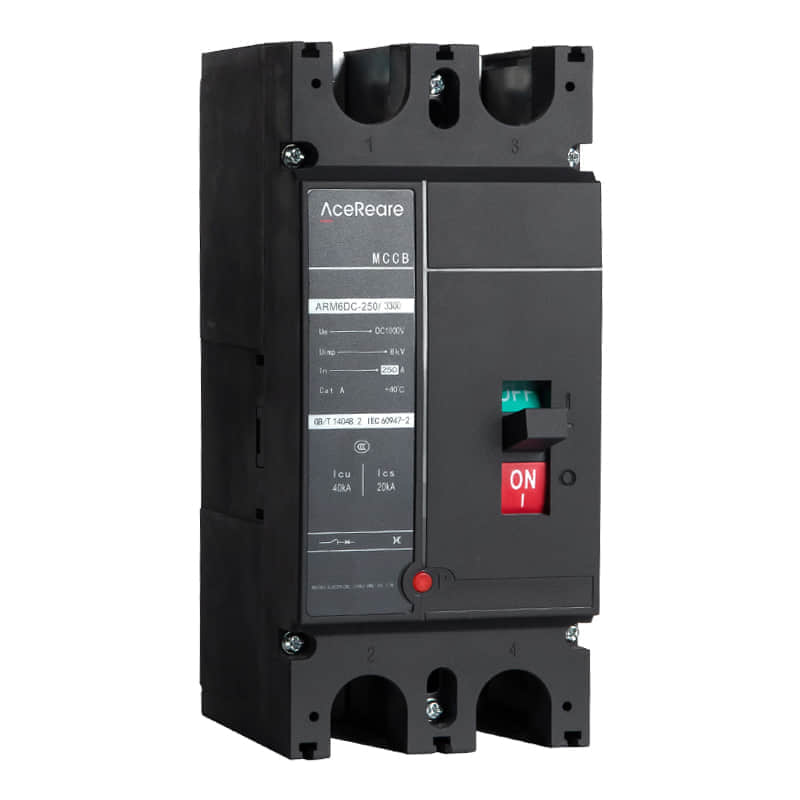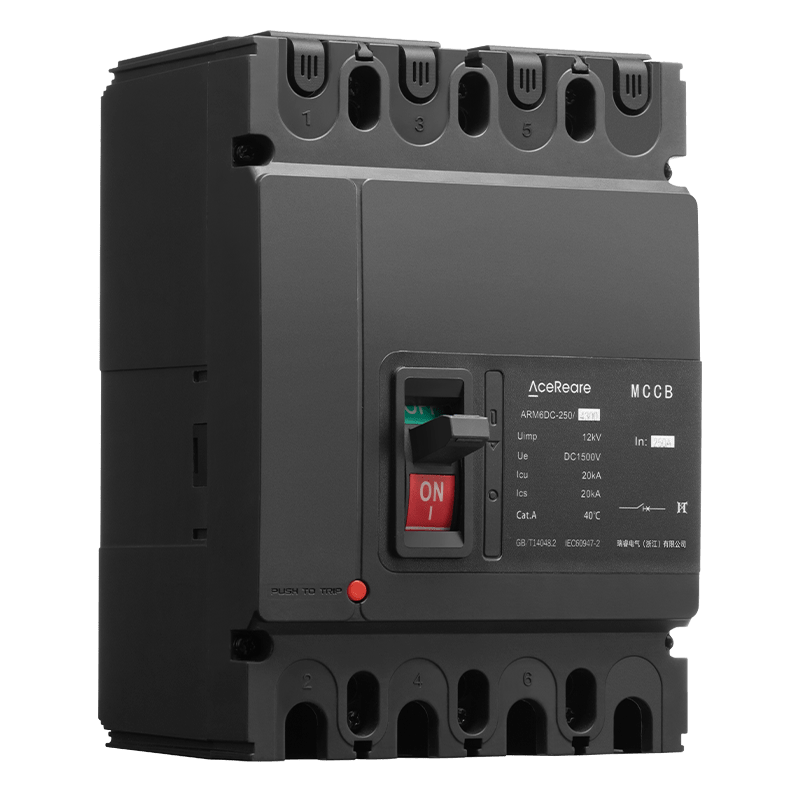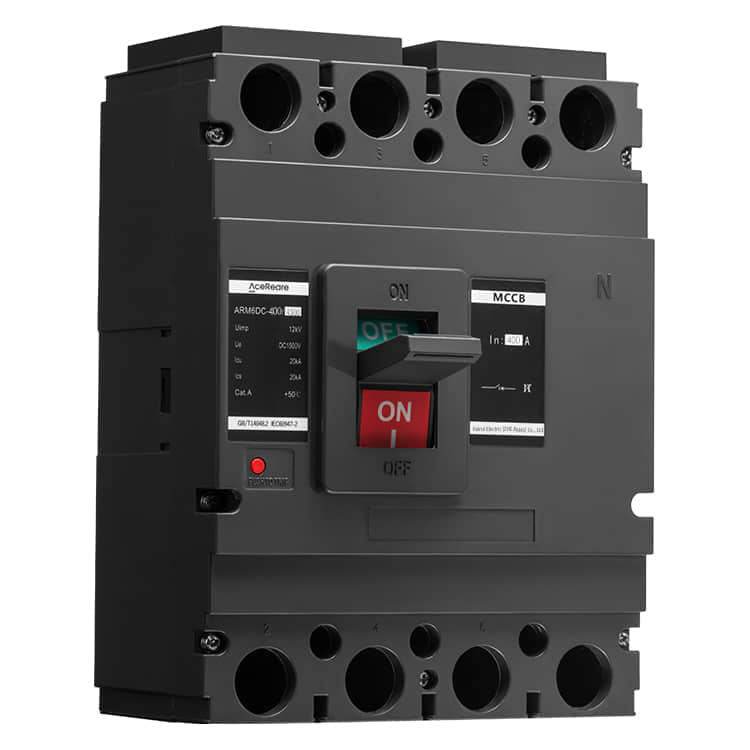Introduction

In the realm of electrical engineering and power distribution, the significance of circuit breakers cannot be overstated. With the rapid evolution of technology, the demand for efficient, reliable, and safe power control solutions has led to the development of specialized circuit breakers. One such innovation is the DC Molded Case Circuit Breaker (DC MCCB), which has emerged as a critical component in modern power systems. This article delves into the advancements and applications of DC MCCBs, shedding light on their importance and contributions to various industries.

Advancements in DC Molded Case Circuit Breakers DC MCCBs have witnessed remarkable advancements in recent years, transforming them into versatile devices with enhanced capabilities. Unlike traditional circuit breakers, which were primarily designed for alternating current (AC) systems, DC MCCBs are tailored to meet the unique challenges of direct current (DC) applications. With the proliferation of renewable energy sources such as solar and wind power, DC MCCBs play a pivotal role in ensuring efficient energy conversion, storage, and distribution. One notable advancement is the incorporation of advanced trip units with precise monitoring and protection features. These trip units can accurately sense fluctuations in DC currents and provide rapid responses to abnormal conditions, preventing potential damage to equipment and minimizing downtime. Additionally, the integration of smart technologies enables remote monitoring and control, further enhancing the operational efficiency and reliability of DC MCCBs. Applications across Industries The applications of DC MCCBs span across a diverse range of industries, each benefiting from their unique attributes. In the realm of renewable energy, DC MCCBs facilitate the safe disconnection of photovoltaic arrays, safeguarding both personnel and equipment during maintenance or emergencies. The efficient interruption of DC currents in battery storage systems is also crucial to prevent thermal runaway and fire hazards, making DC MCCBs indispensable in the energy storage sector. Industrial facilities heavily reliant on DC-powered equipment, such as data centers and electric vehicle charging stations, rely on DC MCCBs to ensure smooth operations. The ability to interrupt high DC fault currents effectively contributes to minimizing potential damage in case of short circuits or overloads. Moreover, DC MCCBs find utility in the marine and transportation industries, offering reliable circuit protection in electric ships, locomotives, and aircraft. Safety and Reliability Considerations Safety remains a paramount concern in electrical systems, and DC MCCBs address this through their impeccable safety and reliability features. The design and engineering of DC MCCBs adhere to stringent standards, ensuring robust performance in demanding environments. The ability to interrupt DC currents without generating excessive heat or creating arcs contributes to safer working conditions for personnel. Furthermore, the predictability and accuracy of DC MCCB operations foster a higher level of system reliability. With their ability to respond swiftly to abnormal conditions, DC MCCBs prevent cascading failures and potential damage to interconnected components, ultimately enhancing the overall system resilience. Conclusion In the ever-evolving landscape of electrical engineering, DC Molded Case Circuit Breakers have emerged as a crucial innovation. Their advancements, tailored for direct current applications, have led to significant improvements in efficiency, safety, and reliability across various industries. From renewable energy systems to industrial facilities and transportation, the applications of DC MCCBs are diverse and impactful. As technology continues to progress, it is foreseeable that DC MCCBs will undergo further refinements, incorporating even more advanced protection features and smarter monitoring capabilities. As a result, our power distribution systems will become more efficient, secure, and adaptable to the changing demands of the modern world.
